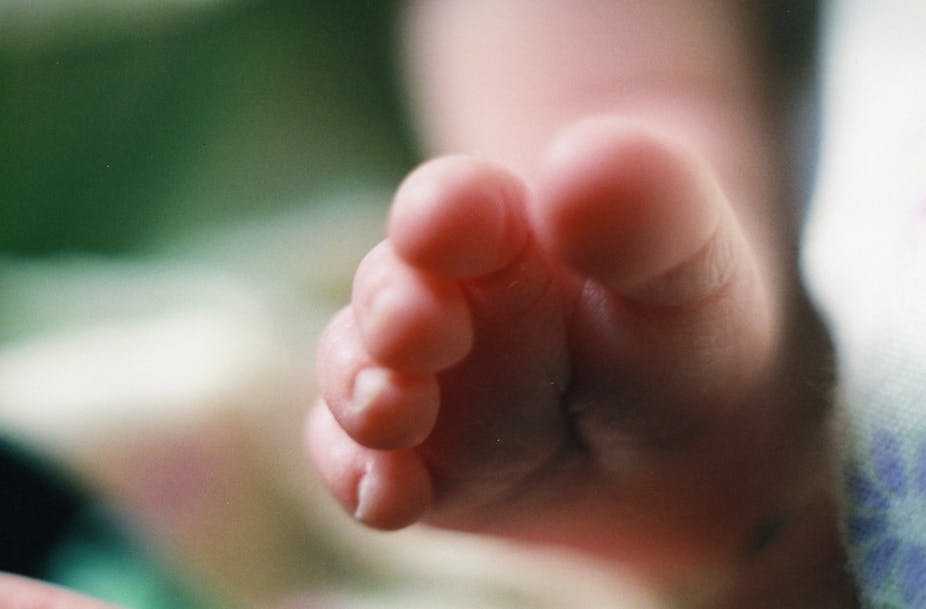Parents in the UK look set to become the first in the world to use a radical IVF technique that some critics have condemned as eugenic engineering. If approved by parliament, so called “three person IVF” could be available on the National Health Service as early as next year.
Supporters hail the technique as a cure for the debilitating and incurable diseases caused by defective genetic material in a part of the mother’s egg cell called the mitochondria. It involves implanting the nucleus of a woman’s egg into another woman’s egg cell which has healthy mitochondria and has had its nucleus removed. The process can take place before or after the egg is fertilised using a man’s sperm.
Although the genetic contribution of the egg donor is very small (1%) and won’t be detectable in the child’s appearance and psychological characteristics, the transfer of genetic material affects the genetic constitution of the egg and the embryo. This means that changes will not only affect the child but also the child’s descendants, and there has been criticism of the risk of introducing bad traits through the generations – though there have been government assurances that the process will be closely monitored in the UK.
Government engineering
One of the distinctions that ought to play a crucial role in this debate is between genetic engineering that aims to remove a serious disability and engineering designed to make people more intelligent, better looking, stronger or more assertive. And it is the latter that has raised the spectre of eugenics.
Eugenics, of course, is reviled because of the policies adopted by a number of states in the first part of the 20th century, most famously the Nazis, to build a more productive and healthy population by eliminating from the gene pool those regarded it regarded as unfit. And the debate over the ethical implications of mitochondrial transfer is very much alive.
In the Council of Europe, 34 member politicians declared that the creation of babies from the DNA of three parents was a form of eugenics “incompatible with human dignity and international law”. They claimed it contravened a European Union human rights convention that forbids genetic interventions that affect the human germ-line by altering the genome of descendants.
The thinking behind this prohibition is that tampering of this kind is not only dangerous, but makes humans into a product of engineering. Even if intentions are good, the use of such techniques undermines the reasons we have for respecting human individuals. Humans are supposed to be valuable in themselves. Products are merely means to ends.
The bad history of eugenics is a good reason why a state should not be allowed to use genetic technology for its purposes. But the practice of mitochondrial transfer and the motivation behind it have nothing to do with eugenics as it was once practiced. It would allow consenting parents to have a child who will not suffer from a serious disability.
If the genetic faults that cause these disabilities can be eliminated in the next generations, this is a positive development for the freedom and dignity of human individuals. If a person who knows she has a genetic condition that would seriously affect her children decides not to have children, we think she is doing a good thing. Mitochondrial transfer enables her to avoid this harm without having to make the sacrifice of childlessness.
Individuals born as the result of this technique will be no less unique, no less free, and no less able to live their own lives than others. The reasons we have for respecting human individuals would apply equally to them.

Eugenics aside, some critics are simply worried that the technique is the first step towards designer babies. London-based group Human Genetics Alert says the inevitable result of legalising the new technique is that parents will begin treating their children like consumer products.
The prospect of genetic engineering being used to make “perfect babies” is indeed worrying and could lead to divisions between genetic haves and have-nots. But the acceptance of one genetic engineering technique does not make inevitable the acceptance of others. The possibility that future developments could create serious problems for society and personal life is a good reason for giving the public the opportunity to debate the legalisation of any proposed technique. It is through this that we might avoid the developments that critics fear.

